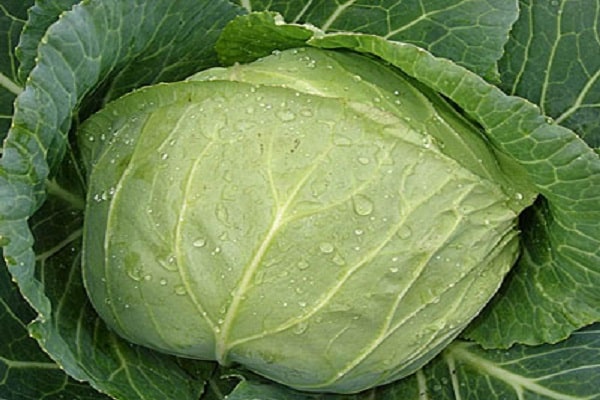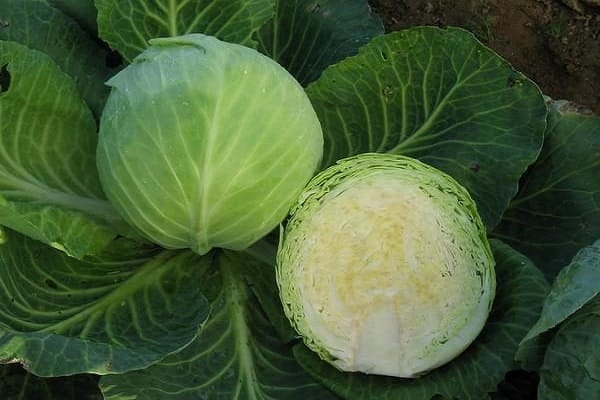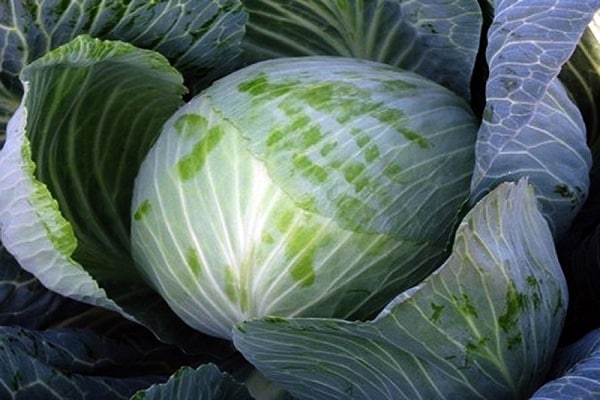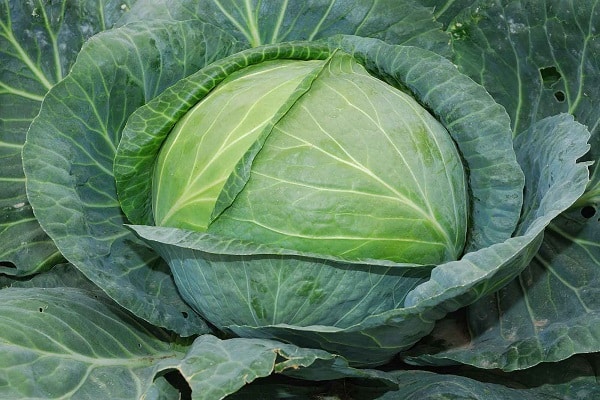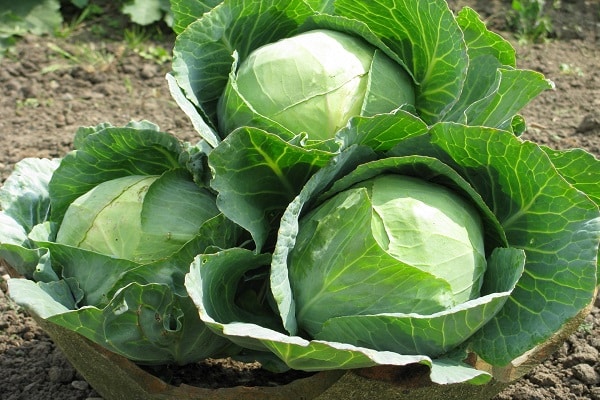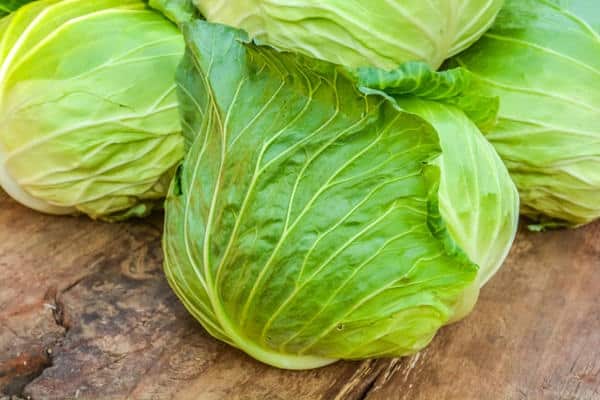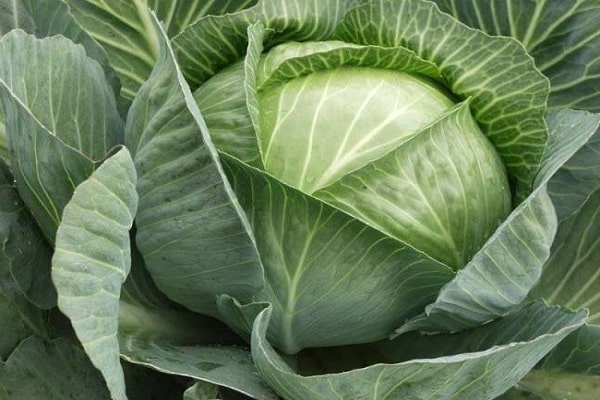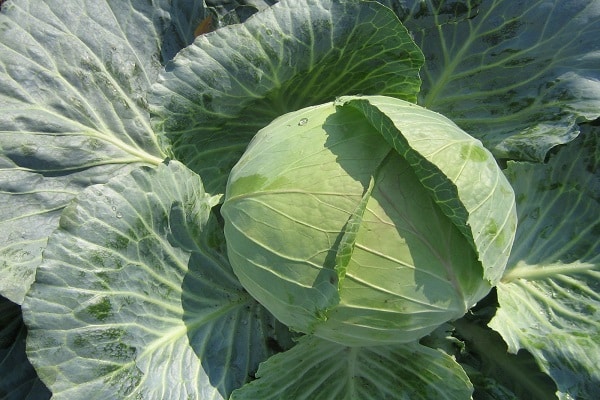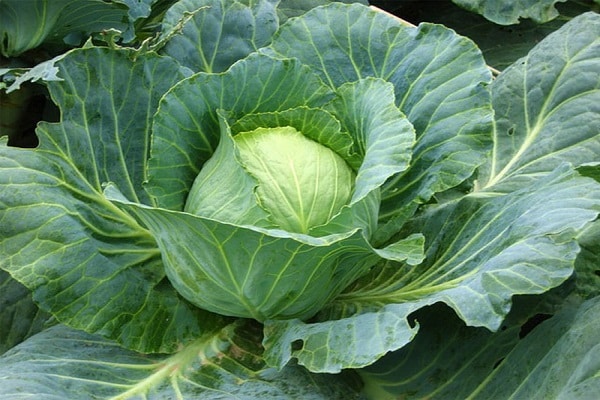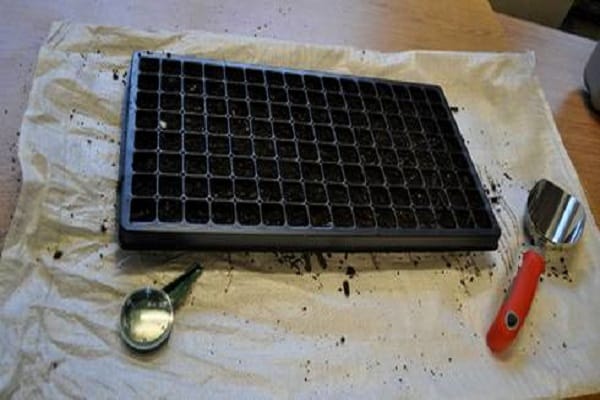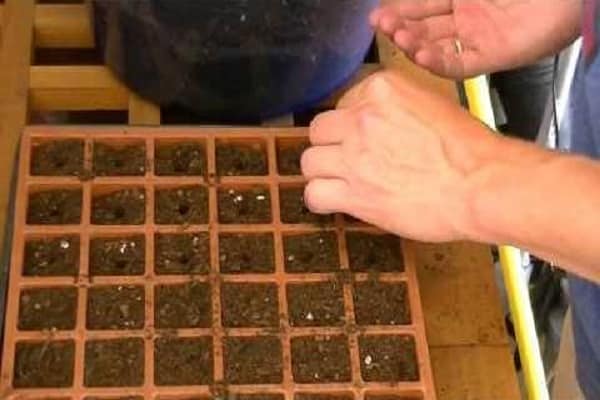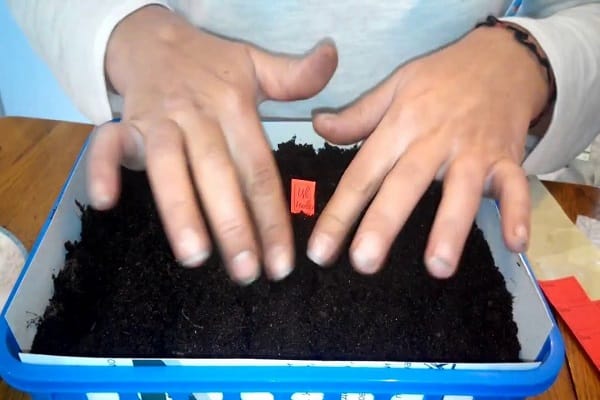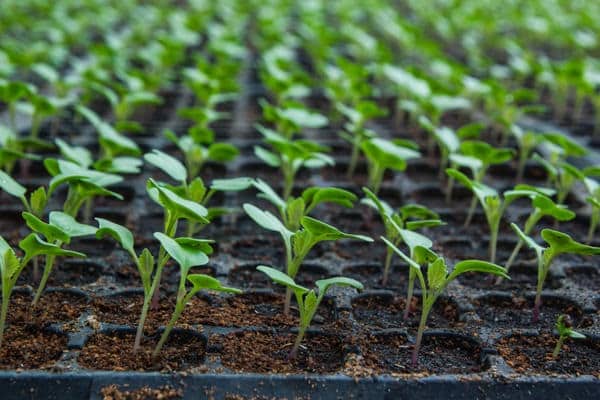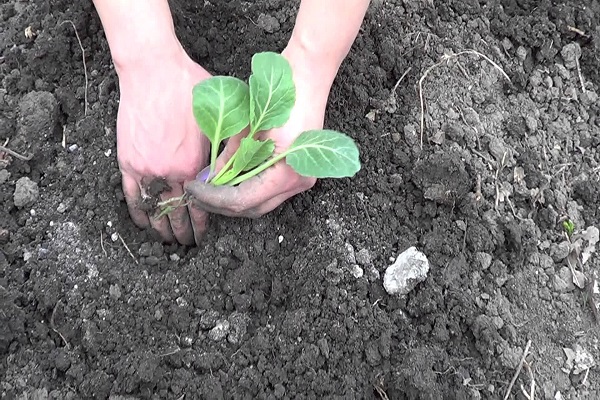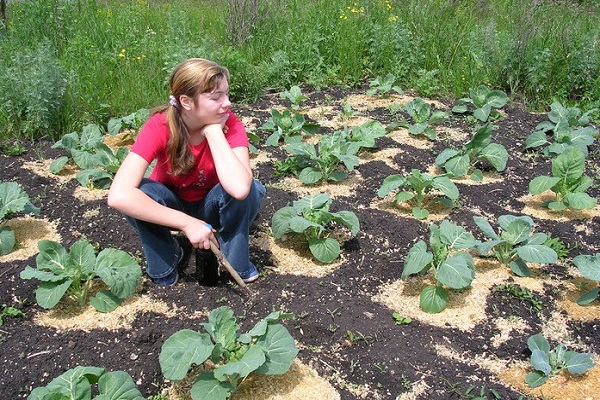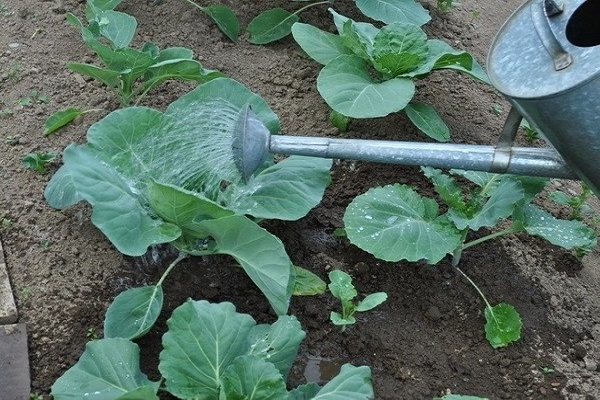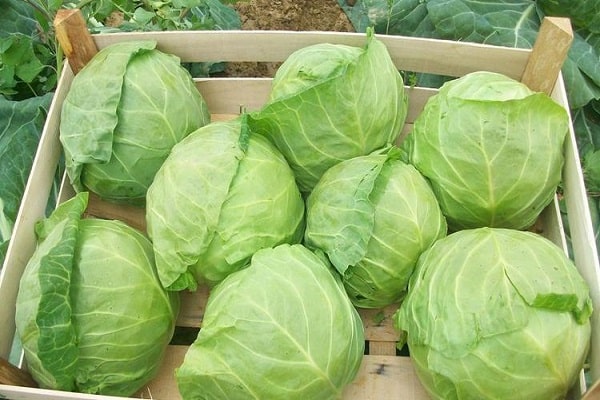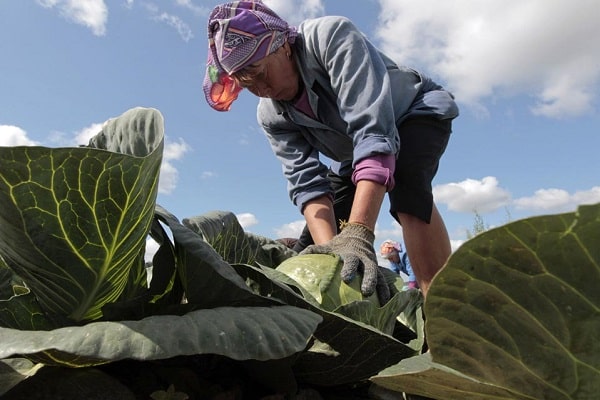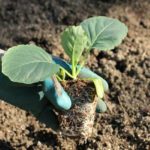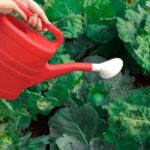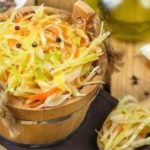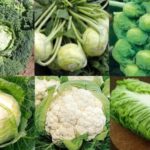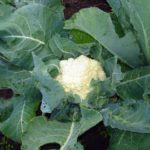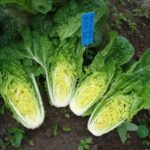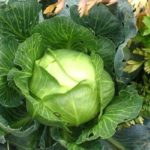One of the popular vegetables is cabbage, the leaves of which are consumed both raw, boiled, stewed, and pickled and salted. Summer residents value varieties such as Sugarloaf cabbage for their juiciness, excellent taste, and versatility in use. Until spring, the vegetable plant retains its beneficial properties, helping the human body replenish the deficiency of phosphorus, potassium, sulfur, and vitamins.
Late-ripening cabbage varieties, their advantages
Late cabbage is grown for its following properties:
- high-yielding;
- rich in vitamins and sugars;
- not afraid of frost;
- retains its taste for a long time;
- increases its taste due to the transformation of sugars during storage.
Withdrawn cabbage varieties for long-term storage fresh and for pickling for the winter. The growing season of late cabbage lasts from 115 to 140 days. It can be grown both in open ground and in a greenhouse, depending on the growing region.
Late cabbage for fresh storage
If you want to get cabbage for storage so that you can eat it during the winter, then you need to know that it should be consumed two to three months after harvesting. At first the forks taste bitter. But then they will become juicy and sweet.
These varieties of vegetables include cabbage Valentina F1. After 140-180 days, the hybrid produces dense heads of cabbage, reaching a weight of three to five kilograms. The top of the forks is covered with dark green leaves with a bluish waxy coating, and the inside is white. Valentina cabbage is not afraid of frost even below five degrees. The peculiarity of the variety is:
- crack resistance;
- portability of transportation;
- safety of forks for seven months;
- high yield.
The variety loves moisture, sun, and is picky about soil. In order for Valentina cabbage to produce good yields, it is necessary to create conditions for growing a late hybrid.
If you want to get large heads of cabbage and save them until April, then you should pay attention to the description of the Stone Head cabbage variety. The Stone Head cabbage, bred by breeders from Poland, produces heads of cabbage weighing up to six kilograms. For more than twenty years, summer residents have preferred this variety of white vegetable.The fine veins on the light green leaves are so tender that in winter the cabbage heads can be used to make cabbage rolls. Stone head cabbage has a number of advantages:
- produces large yields;
- has a sugary taste;
- disease resistant;
- does not crack;
- has juicy white pulp inside.
Various dishes are prepared from forks in winter, which turn out very tasty, despite the somewhat harshness of the leaves.
Among the Dutch varieties, one can distinguish such as Atria F1 cabbage. Large, straightened heads of hybrid have a place on the shelves of shops and markets.
Heads of cabbage grow up to ten kilograms. Atria cabbage does not spoil even in unfavorable conditions. Until the next harvest, the hybrid retains its taste and juiciness. It is not for nothing that farmers choose a variety to grow in their fields. Valentina cabbage also grows well there. And Stone Head cabbage is chosen by farmers as the most productive. It’s no wonder that reviews of the cabbage Stone Head and Atria are only positive. Vegetable growers note an improvement in the taste of the vegetable as the storage time increases. In the spring, the heads of cabbage contain more sugar and vitamins than after harvesting.
Heads of cabbage of the Extra variety are famous for their excellent keeping quality. They may be small, but their taste is no worse than other hybrids. Forks reach maturity faster with proper care. And the yellowish center of the heads is tasty in salads and borscht.
The Dutch hybrid Langedijker has similar properties. It’s not for nothing that this cabbage is called winter cabbage. It, like the Stone Head cabbage, has an excellent presentation, heads of cabbage that do not crack and reach a weight of five kilograms. The Langedijker variety has oval, dense plugs that reach maturity after 145-160 days. Langedeyker is grown in open ground, harvesting in September-October.It is recommended to grow the variety in seedlings.
The new generation hybrid is called LS. Round heads of cabbage are valued for long-term storage. During the winter, the sale of small heads of cabbage weighing two to three kilograms with a snow-white internal texture is always successful. It is not without reason that many farmers choose LS 251 F1 cabbage for growing in their fields. The tender pulp of the vegetable is juicy and suitable for preparing salads, soups, and main courses.
Popular varieties for pickling
It is necessary to choose the best varieties for canning, taking into account that the heads of cabbage are juicy and sweet. Dutch Langedijker is also suitable for this, but there is still a lot of bitterness in it after the crops are harvested from the fields.
But among the late varieties of vegetables, those that are saturated with sugars are suitable for pickling:
- The characteristics of the Kolobok hybrid include excellent taste, high content of useful elements, vitamins, and long-lasting shelf life of the hybrid. The top of the Kolobok cabbage is covered with dark green leaves, like those of the Langedijker variety, which fit tightly to each other. And the weight of the forks is average, a little more than four kilograms - convenient for cutting for pickling. Kolobok cabbage produces yields of up to ten to twelve kilograms per square meter.
- Late Moscow cabbage has been popular since the thirties of the 20th century. The dense, round heads of cabbage can reach ten kilograms if weather conditions and proper care permit. The variety grows well in any climate, withstanding sudden temperature changes. Due to the sweetness and juiciness of the leaves, this variety is chosen for pickling.
- The Moscow late 9 variety has similar characteristics. But the forks are slightly smaller – weighing up to four kilograms. It is much more convenient to ferment them than large ones.Therefore, this variety of Moscow late is chosen for canning.
- There is no need to rush to ferment cabbage Sugar Loaf. It tastes a little bitter after cleaning. But after a month, the forks gain sweetness, and it’s time for canning. Reviews of Sugarloaf cabbage say that this is one of the sweet late varieties of cabbage. There is no bitterness in it, there is a lot of ascorbic acid. When grown, the yield of marketable products is more than ninety percent. Thanks to reviews of Sugarloaf cabbage, this variety is most common among summer residents.
- Of the late varieties, one cannot fail to mention Crumont cabbage, which reaches technical maturity 120-130 days after emergence. It is important to note the advantage of small heads of cabbage in the high content of calcium, iron salts, vitamin A and C. It is these substances that the human body lacks in winter.
Late cabbage varieties are chosen by gardeners to provide themselves with vitamins throughout the winter.
When to plant and how to care for late varieties
Growing late cabbage differs from growing other types of vegetables with early ripening periods. To get ready-made dense heads of cabbage, you need to plant cabbage on time. A lot of time passes from the date of emergence to technical ripeness - more than three months. Therefore, it is necessary to plant late-ripening varieties as early as possible. And here vegetable seedlings, which begin to be prepared in April, will help.
The timing of planting cabbage seedlings is determined by the length of the growing season of a particular variety. Usually this is the end of February - beginning of March. It will be more difficult with plants planted later. They may not mature and be weak.
Before sowing a vegetable, the seeds go through a stage of calibration and disinfection in hot water.You can speed up seed germination using growth stimulants. A bag of seed material is placed in the solution for ten to twelve hours.
Place the seeds in soil prepared in advance. For containers, choose both individual cups and boxes. The soil chosen is loose and nutritious. The substrate may consist of turf soil and peat. It is better to add some wood ash to the soil. To disinfect the soil, treat with a solution of potassium permanganate or Trichophyte.
Plant the vegetable seeds two centimeters into the ground. The distance between the holes should not be less than five centimeters. To ensure rapid emergence of seedlings, the containers are covered with film after abundant watering. You can plant directly in greenhouse soil. How the plant is prepared and planted correctly can be seen in the video.
After germination, the film is removed, and the seedlings require proper care in the form of:
- regular watering;
- feeding;
- organization of additional lighting;
- compliance with temperature conditions.
Before moving cabbage into open ground, the seedlings must be strong and sixty days old. It is better to transfer seedlings into open ground with seedlings at the end of June - July according to the 60x60 pattern.
Planting and care in open ground is carried out according to the rules of vegetable agricultural technology:
- Before placing the seedlings in the hole, five hundred grams of humus, two or three of ammonium nitrate, five of superphosphate, and four grams of potassium salt are added to the ground.
- The depth of planting of seedlings is up to the cotyledons.
- All the seedlings are not planted, leaving a few bushes to replace the dead ones.
- Water the plants abundantly, soaking the soil forty to fifty centimeters deep. Each bush requires two to three liters of water.
- The vegetable must be fed every ten days.
- Heads of cabbage are harvested as they ripen, no later than mid-October.
Good vegetable yields are obtained only with proper care. Grown cabbage will be stored for a long time, only enhancing its beneficial qualities all winter, until spring.
How to feed vegetables
When the time comes to harvest, the heads of cabbage are often characterized by lethargy and low density. This happens due to lack of plant nutrition.
Late varieties of vegetables require constant addition of nutrients to the soil:
- Ten days after planting, the first feeding is organized, the rest - after two to three weeks.
- As an organic fertilizer, mullein is suitable, diluted in a ratio of 1:7 for the first time, then 1:5. Vegetable bushes are also fed with bird droppings, but the concentration of the solution is weaker - from 1:17 to 1:15.
- Mineral fertilizer for vegetables includes ammonium nitrate (forty grams), superphosphate (twenty grams), potassium salt (fifteen grams). The amount of fertilizer is taken per ten liters of water.
- During the summer, cabbage, planted and cared for correctly, receives sixty grams of ammonium nitrate and forty grams of potassium salt. This will be enough to get extra class cabbage.
During the growing season, late cabbage will receive feeding three to four times. The video will show you how to properly feed vegetables.
When to harvest
Depending on where the heads of cabbage go, they choose the time when to harvest them. For winter storage, remove the forks in mid-to-late October.
Choose a dry day for harvesting after the first frost begins. There is no need to leave the heads of cabbage in the cold for a long time, otherwise they will begin to rot.
For storage, dense forks are placed in basements or cellars, where the air temperature will be within zero degrees and the humidity will be 85 percent. Place the heads of cabbage with the stalks down in slatted boxes. You can hang forks on poles. You can watch the video on how to properly store heads of late varieties.
If all stages of growing a vegetable are successful, then the harvest will be harvested on time. Ripe heads of cabbage will retain their juiciness and taste for a long time, and dishes made from them will benefit humans.

